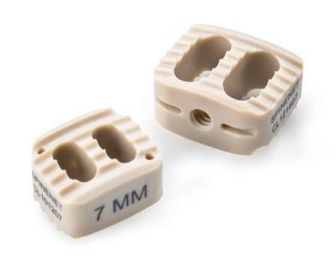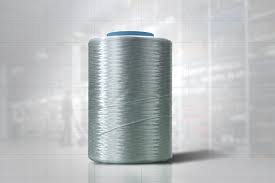 hermoformed plastics are making gains in medical applications. TEQ (Huntley, IL) used state-of-the-art plug-assist material, heated cut
hermoformed plastics are making gains in medical applications. TEQ (Huntley, IL) used state-of-the-art plug-assist material, heated cut
dies and a special mold finish in a sophisticated tool to put an end to quality issues Thoratec was experiencing with its HeartMate sterile packaging. Due to warped flanges, thin spots and inclusions/imperfections in the plastic, multiple lots were rejected causing waste in time and materials. In addition, the package consisted of three parts mated together, and parts from different lots needed to be interchangeable to create the final package.
Ten components
Productive Plastics (Mt. Laurel, NJ) is manufacturing a medical scanner enclosure assembly comprised of 10 pressure-formed components using Kydex T (PVC/Acrylic sheet), and the complex nature of its design required numerous under-cut details, secondary tooling, and precise finishing.
“This medical assembly delivers close tolerance, cosmetic parts with a high degree of internal mechanical and value added assembly,” says Hal Gilham, Productive Plastics CEO. “The success of this project and the (2011 Society of Plastics Engineers’ Thermoforming Division) awards reflect our ongoing commitment to innovation, quality, process improvement, and cost-effective solutions.”
Cement-dispensing system
Perfecseal (Mankato, MN ) designed a tray that holds a bone cement dispensing system used in vertebroplasty procedures. The tray design features a cavity which allows the clinician to stand the device in the tray, while mixing and loading the bone cement into the device. The cavities of the tray are designed with undercut snap fits so that the components do not fall out if the tray is accidentally flipped over or dropped into the surgical field.
One challenge in the project was to fit the new product into an existing seal footprint, eliminating the need for the customer to purchase a new sealing tool. A second challenge centered on the customer’s desire to provide an effective means of extracting the device from the tray and loading it with the bone cement.
Perfecseal, a division of Bemis, manufactured the tray for Biomet Interpore Cross, is a provider of orthopedic implants and biomaterials.
Thermoforming vs. inejction molding
Thermoforming competes against injection molding in medical application in part based on lower tooling costs. However, thermoformed parts tend to have less residual stress since pressures are lower.
Another advantage is the ability to produce very large parts that would be uneconomic or not possible with the injection molding process.
“In today’s thermoforming factories it is not uncommon to see very large parts in high volume production,” says Art Buckell, a partner at McConnell Co (Fort Worth, TX). “Parts measuring up to 14 feet wide and 22 inches long are possible in many plants in the USA. This is not even conceivable for injection molding machines.”
Source : www.plasticstoday.com






